Natural vs. Chemical Sunscreens: Choosing the Best SPF

As the sun graces us with its warm embrace, the importance of natural sunscreens, especially in the Australian sun, becomes ever more evident. But have you ever taken a moment to ponder what's in your sunscreen and how it impacts your skin and the planet? In this comprehensive guide, we explore three critical aspects of sunscreen.
While it's a pivotal product in our everyday skincare routine against the harsh Australian sun and a key element in preventing premature aging, it can also be one of the worst products for our well-being and the environment based on its ingredients. Not all sunscreens are created equal, particularly for our Australian sun. But fearless we have sourced Australia and found the best sunscreens in the market.
Chemical vs. Natural Sunscreens
Understanding the Ingredients
Sunscreens come in two primary categories: chemical and natural. Chemical sunscreens contain synthetic compounds like Octinoxate, Oxybenzone, and Octocrylene, which work by absorbing and neutralizing UV rays. On the other hand, natural sunscreens use physical blockers like Zinc Oxide and Titanium Dioxide to create a protective shield on the skin's surface. These ingredients scatter and reflect UV rays.
Why Natural Sunscreens Shine:
Natural sunscreens offer several advantages over their chemical counterparts:
- Less Irritation: Natural ingredients are less likely to cause skin irritation, making them suitable for sensitive skin.
- Reef-Safe: Mineral sunscreens like Zinc Oxide and Titanium Dioxide are environmentally friendly, as they do not harm coral reefs.
- Broad-Spectrum Protection: These mineral ingredients offer effective protection against both UVA and UVB rays.
- Safer for Children: Natural sunscreens are often recommended for children due to their gentle ingredients.
From left: 1. P4O Mineral Sunscreen SPF 30, 2. The Kind Sunscreen 3. P4O Vegan 50+
At BAMBII, we've combed Australia for top-notch natural mineral sunscreens because not all sunscreens are created equal. Our selection boasts high-quality ingredients that benefit both your skin and the environment.
'People for the Ocean,' founded by Australian marine biologists and a spa expert, embodies a commitment to ocean preservation and high-quality natural ingredients.
'The Kind Sunscreen' is a masterclass in simplicity, featuring only eight top-quality ingredients, including organics, for a pure and effective sunscreen.
We believe in the power of choice. Choose to nurture your skin with the best. Choose to protect the environment with intention. Choose BAMBII – where excellence is not just a goal, but a way of life.
Top 4 Sunscreen Ingredients to Avoid
Scientifically Supported Concerns
Certain sunscreen ingredients have raised red flags due to their potential health and environmental risks. The top four to avoid include:
- Octinoxate: Known for its ability to disrupt hormone balance, Octinoxate has raised concerns about its impact on human health.
- Oxybenzone: Infamous for its negative environmental impact, Oxybenzone has been linked to coral bleaching and is also being scrutinized for its potential health risks.
- Octocrylene: Although effective in UV protection, Octocrylene can produce free radicals when exposed to sunlight, potentially leading to skin aging.
- PABA Derivatives: Ingredients like Ethylhexyl Dimethyl PABA and PEG-25 PABA are known allergens and may cause skin irritation.

The Significance of Australian Sunscreens
Elevated Standards and Regulations
The Therapeutic Goods Administration (TGA) in Australia imposes strict regulations on sunscreen quality and safety. Australian sunscreens are subject to rigorous testing, ensuring that they meet high-quality standards and provide reliable sun protection.
Why TGA Approval Sunscreens Matters:
- High Sunscreen Standards: Australia's TGA sets rigorous criteria for sunscreen efficacy, labeling accuracy, and quality control.
- Sunburn Prevention: TGA-approved sunscreens are designed to effectively prevent sunburn.
- Compliance with Australian Conditions: Sunscreen formulations must meet the unique demands of the Australian climate, including intense UV exposure and harsh environmental conditions.
- Reef Safety: TGA-approved sunscreens are more likely to be reef-safe, ensuring they won't contribute to coral reef damage.
In contrast, sunscreens produced overseas may not adhere to the same rigorous standards, and their ingredients may deviate from those mandated to comply with Australian regulations. This distinction is of growing significance, particularly considering Australia's unique concerns regarding the ozone layer and the intensity of our sun.
In conclusion
Selecting the right sunscreen is not just about protecting your skin; it's also about making choices that align with your values and contribute to a healthier planet. By opting for natural sunscreens and avoiding harmful ingredients, you can safeguard your well-being and the environment. Additionally, choosing Australian TGA-approved sunscreens ensures that you're making a safe and effective choice for sun protection. Enjoy the sun responsibly, and make informed sunscreen choices that benefit both you and the planet.

Resources
Section 1: Chemical vs. Natural Sunscreens
- Bonda, D., Manivannan, P., Pabbu, N., Karri, V. V. S. R., & Natarajan, M. (2020). In-vitro and in-silico evaluation of sunscreens: Issues, considerations and implications for human health. Regulatory Toxicology and Pharmacology, 115, 104682.
- Matta, M. K., Florian, J., Zusterzeel, R., Pilli, N. R., Patel, V., Volpe, D. A., ... & Black, A. (2019). Effect of sunscreen application on plasma concentration of sunscreen active ingredients: a randomized clinical trial. JAMA, 321(21), 2082-2091.
- Tsankov, N. (2001). Contact and photocontact allergens in sunscreens. Photodermatology, Photoimmunology & Photomedicine, 17(1), 3-10.
Section 2: Top 4 Ingredients to Avoid
- Schlumpf, M., Cotton, B., Conscience, M., Haller, V., Steinmann, B., Lichtensteiger, W., & Lhuguenot, J. C. (2001). In vitro and in vivo estrogenicity of UV screens. Environmental Health Perspectives, 109(3), 239-244.
- Downs, C. A., Kramarsky-Winter, E., Segal, R., Fauth, J., Knutson, S., Bronstein, O., ... & Woodley, C. M. (2016). Toxicopathological effects of the sunscreen UV filter, oxybenzone (benzophenone-3), on coral planulae and cultured primary cells and its environmental contamination in Hawaii and the US Virgin Islands. Archives of Environmental Contamination and Toxicology, 70(2), 265-288.
- Hanson, K. M., Gratton, E., & Bardeen, C. J. (2006). Sunscreen enhancement of UV‐induced reactive oxygen species in the skin. Free Radical Biology and Medicine, 41(8), 1205-1212.
Section 3: The Significance of Australian Sunscreens
- Therapeutic Goods Administration (TGA). (2019). Everything you need to know about sunscreen but were afraid to ask. Australian Government Department of Health.
- Therapeutic Goods Administration (TGA). (2023). Australia regulatory guide for sunscreen. Australian Government Department of Health.
- Australian Government Department of Health. (2022). Sunscreens: Regulatory.
- Australian Government Department of Health. (2021). About Sunscreen.



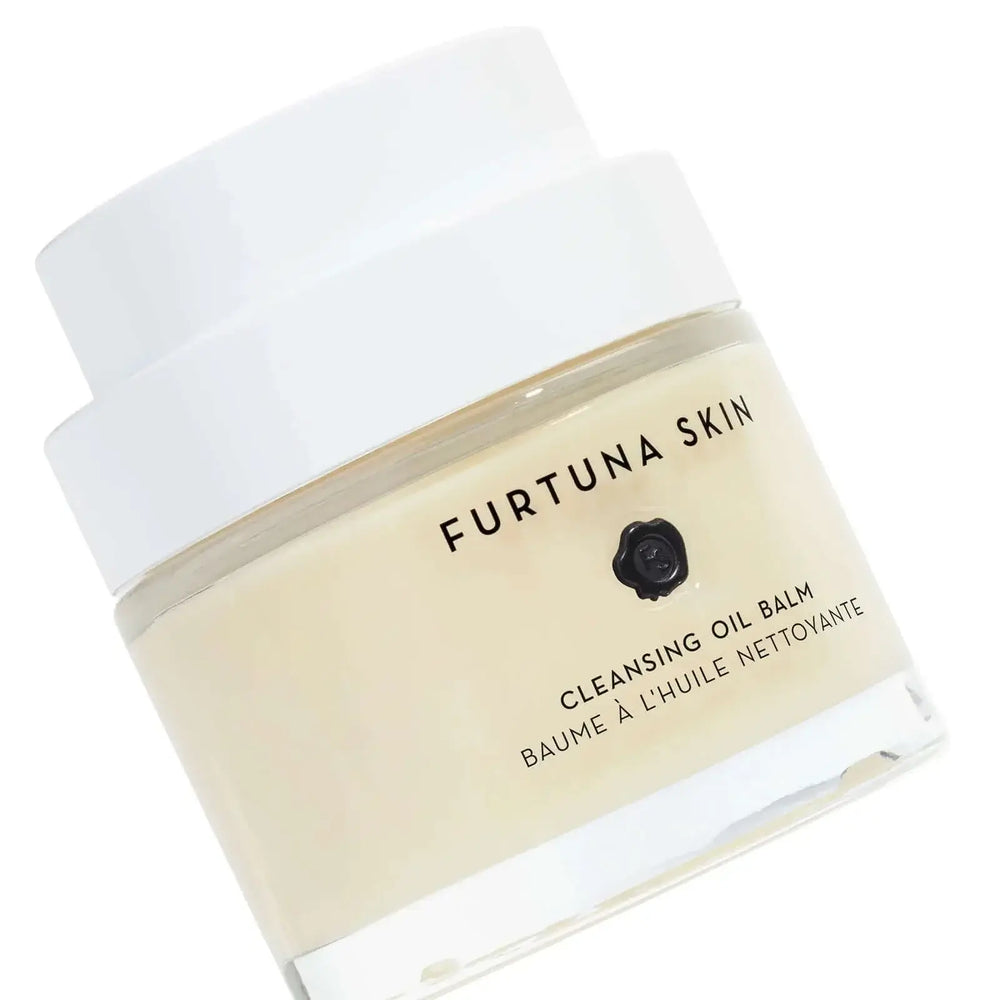



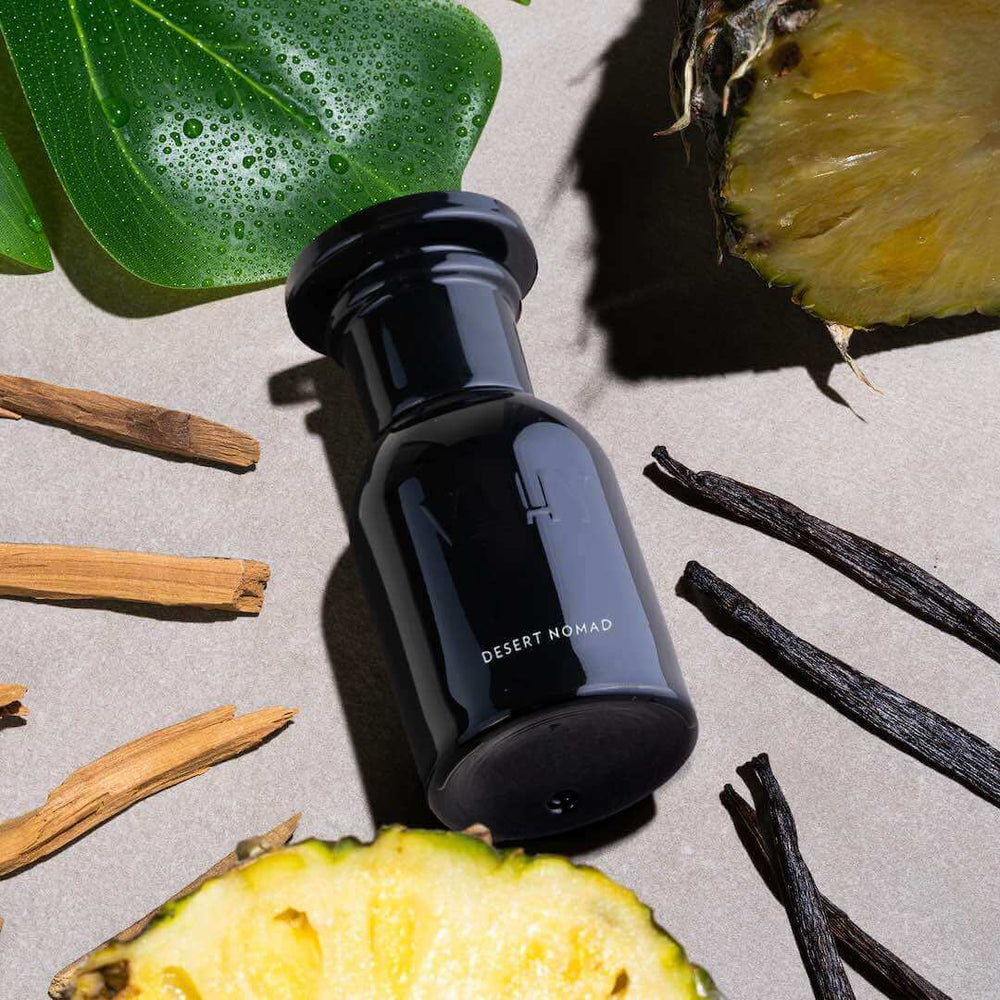





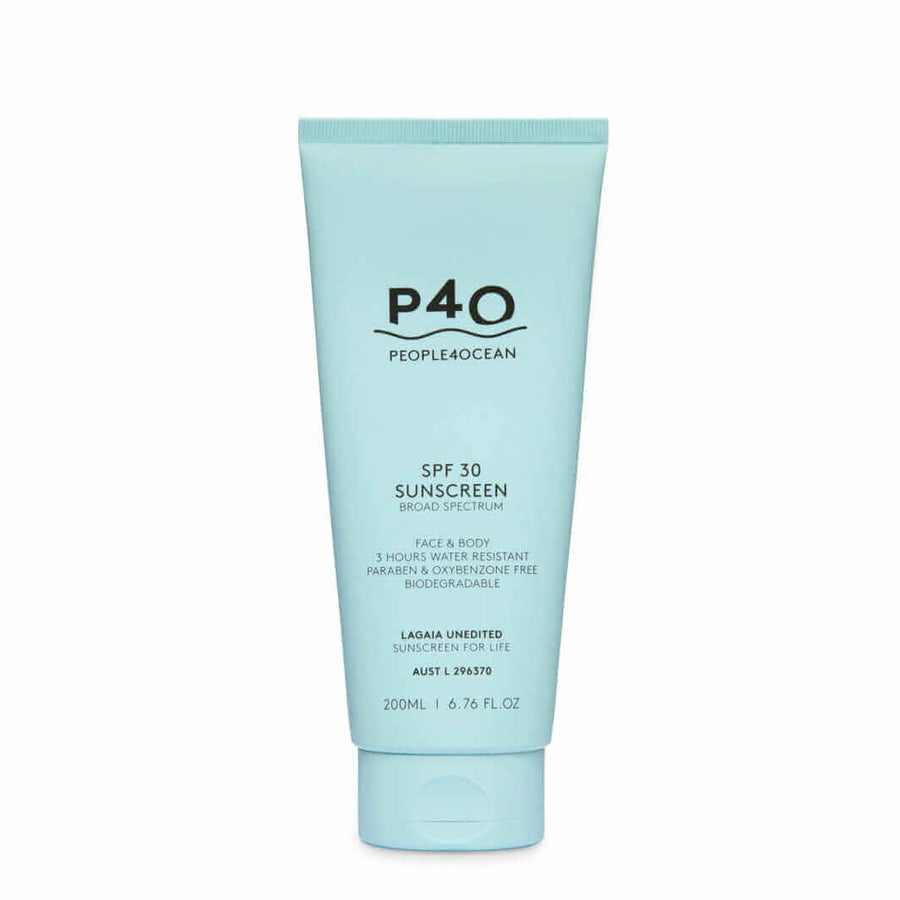
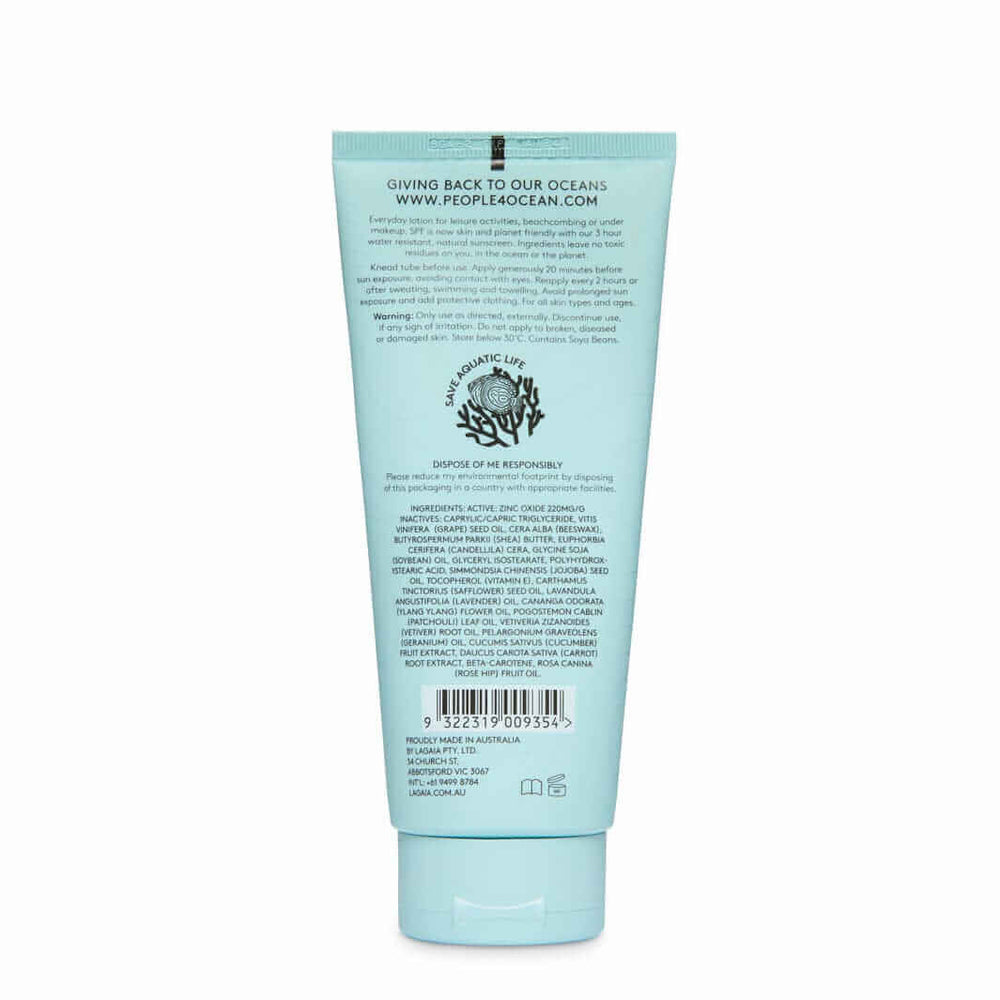


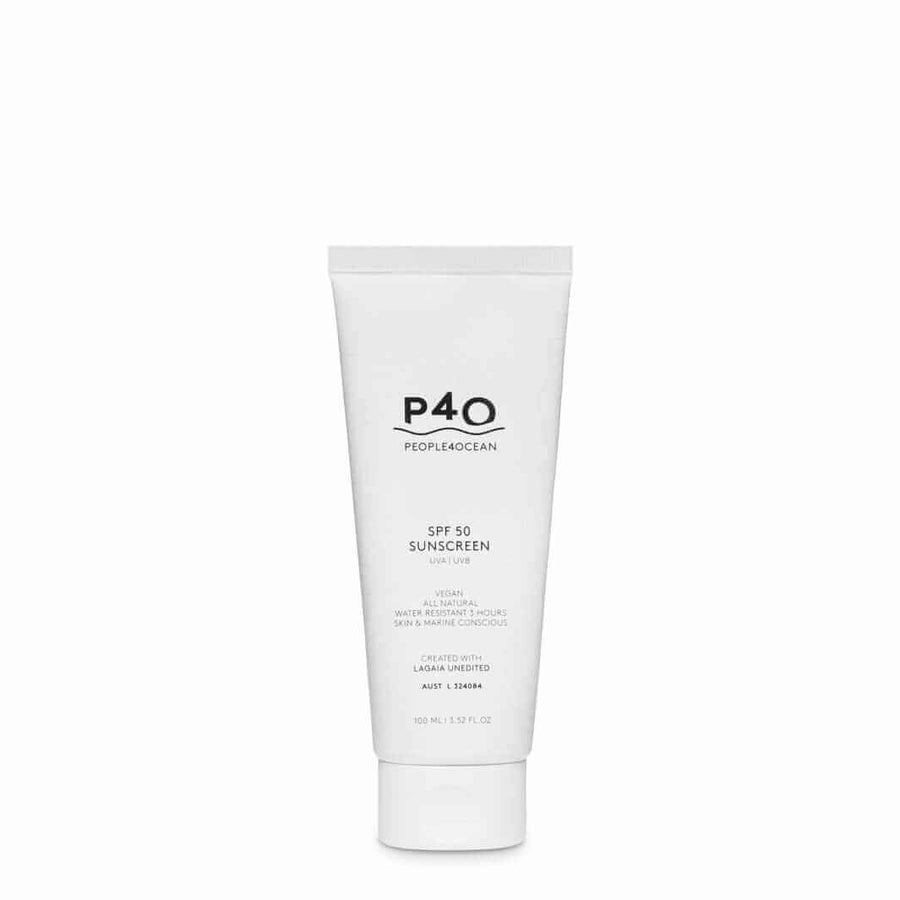


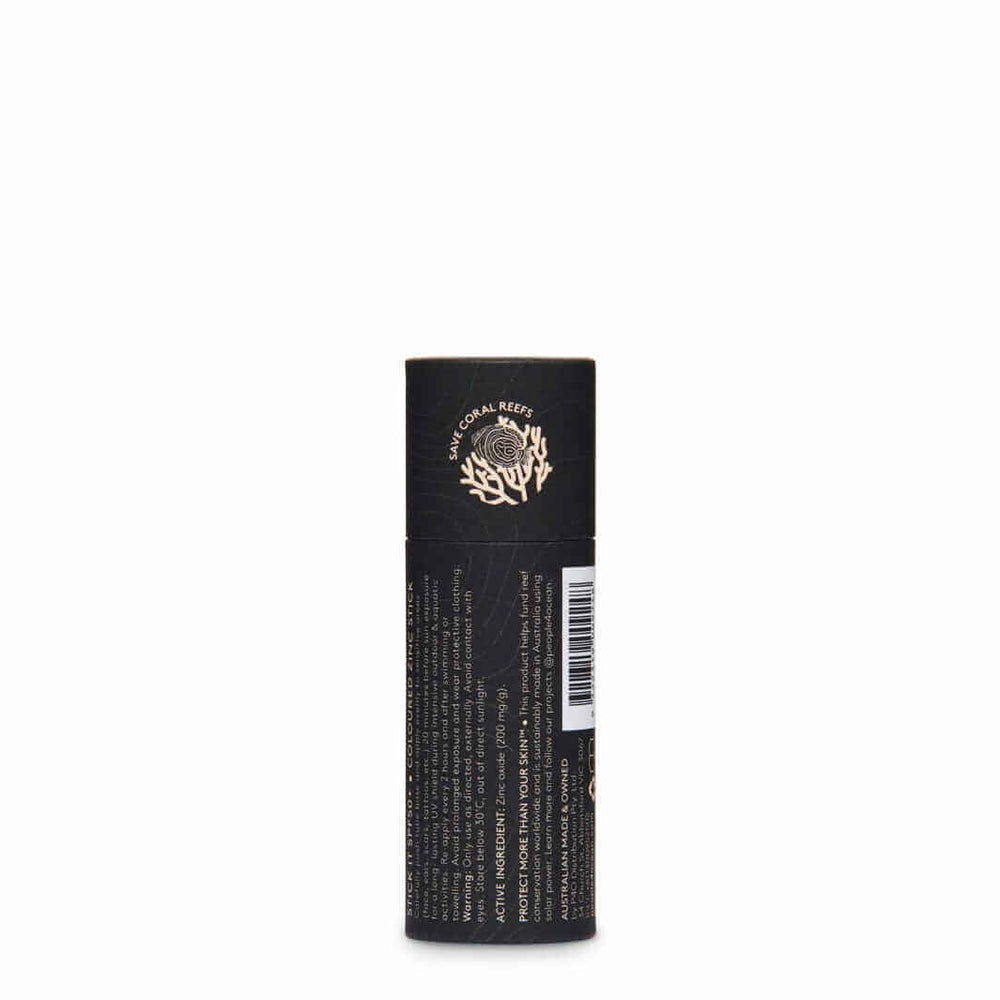
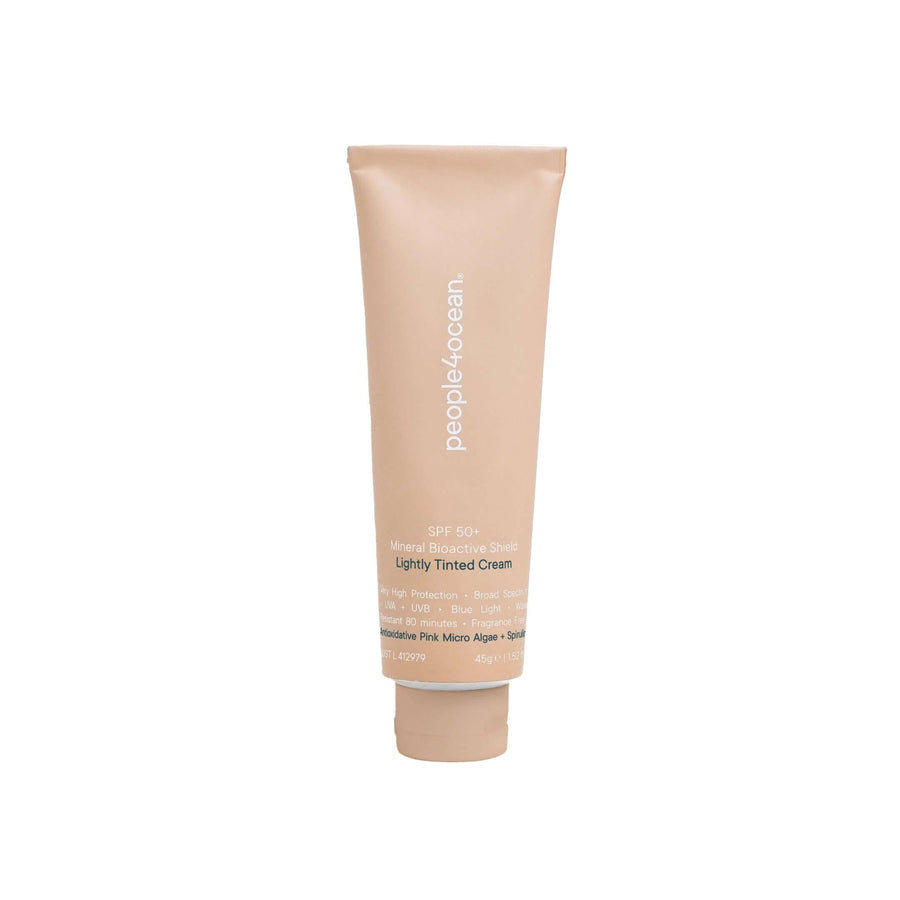




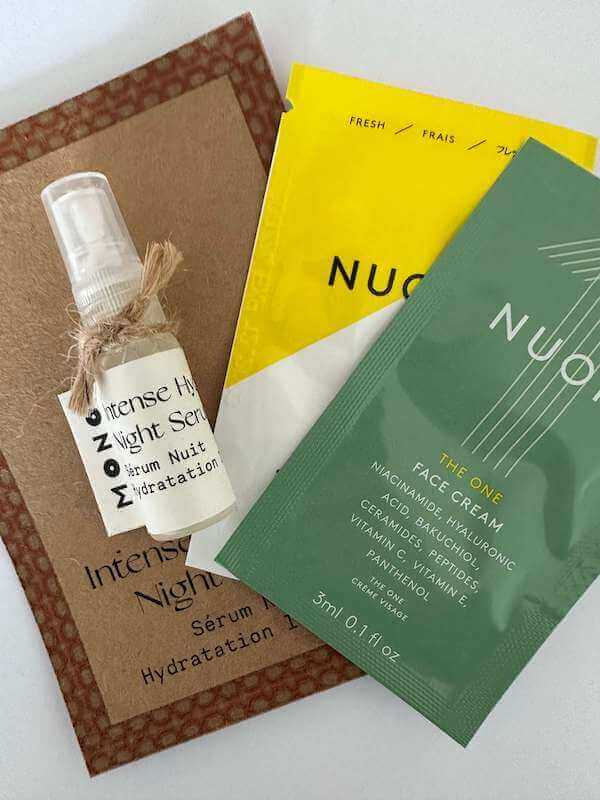
Leave a comment